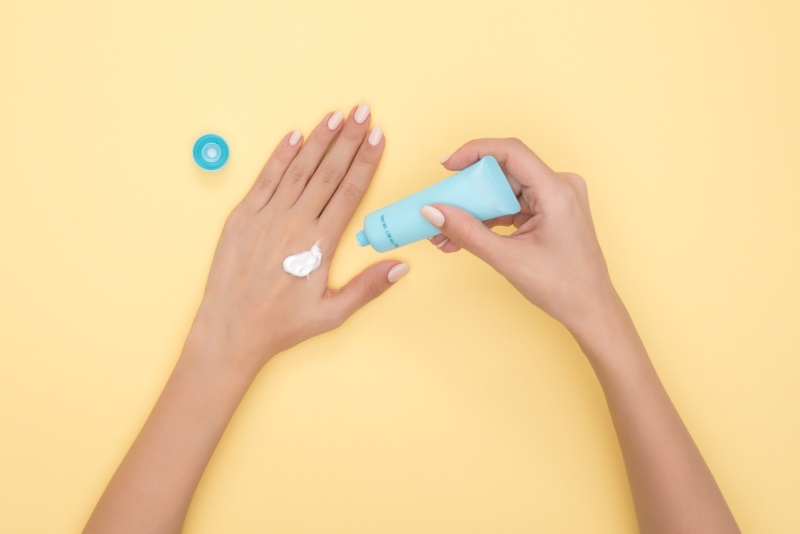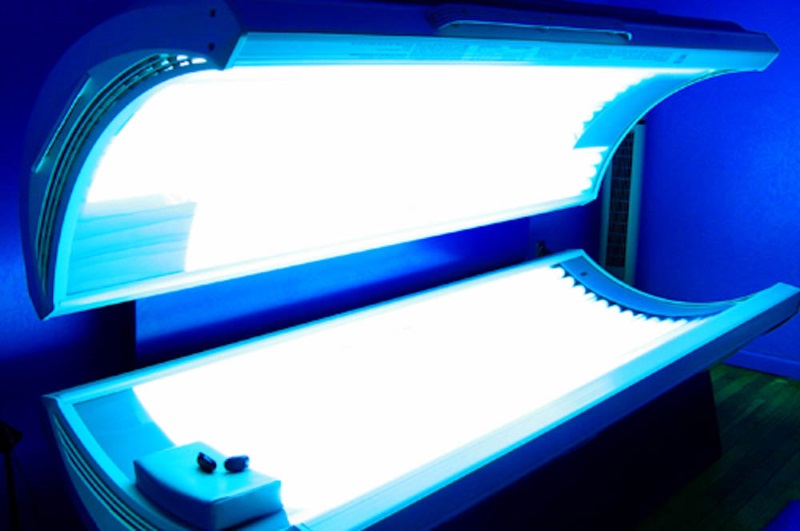How to reduce your risk of skin cancer
Tragically, 1 in 54 people will be diagnosed with skin cancer in their lifetime. What’s worse is that across England 10% of all skin cancer diagnoses are made at a late stage, when the cancer is most difficult to treat.
Here, we give advice on how to remain vigilant and reduce your risk.
Know when to get your moles checked

Everyone has moles, and this is normal. However, there are several important changes you should look out for that may indicate an abnormality:
Colour
Your moles should be a shade of brown. If you begin to see different shades or colours on any of your moles, you should report this change to your doctor and ask them to inspect the mole.
Shape
Your moles should be round. If any mole begins to grow in a different angle, or change in shape in any way, you should have it checked by a doctor.
Size
If your mole grows, you should have it checked by a doctor immediately.
Crusting
If a hard, uneven layer of skin resembling a crust begins to form on any of your moles, you should have that mole checked by your doctor.
Blood or oozing
If you observe any blood or oozing from a mole, you should see a doctor immediately.
Pain
If a mole is causing you pain, you should have it checked.
Always wear sun cream and remember to re-apply!

Skin that frequently burns is highly susceptible to cancer. Make sure that you always protect yourself from UV rays by wearing an appropriate level of SPF. Also, try and stay in shaded areas for as long as possible between 10am and 4pm when it is hottest. While not getting that ‘perfect’ tan may reduce your following on Instagram, it will also reduce your risk of skin cancer.
In the heat, we sweat. Many of us also go swimming to cool down if we find ourselves near a pool or the sea. This washes away the sun cream we have applied. Even if you applied factor 50+ all over your body before heading to the beach, after a few minutes in the sea, you can find yourself directly under the sun, with no cream left on your body. The consequent damage to your skin cells can be devastating and potentially carcinogenic. You should re-apply sun cream every two hours for as long as you are out in the sun.
Even in the winter, it’s important to wear sun cream (particularly on your face) because clouds do not stop the penetration of UV light. You might get caught out on breezy ‘bright days’ when it doesn’t feel very warm but the UV light can still cause skin damage. Some makeup and moisturiser already have a built in SPF so look out for these!
Take care when playing sports

Almost all sports teams, golf courses and tennis courts enforce a series of strict rules regarding the kit you can wear while playing. Unfortunately, these kits regularly expose participants arms, legs and necks to the sun. It is vital that however tense the game is, you remember to bring sun cream with you and re-apply it whenever possible, to protect your skin cells.
Avoid UV tanning beds

The UV rays in sunshine increase your risk of skin cancer. Imagine what happens if you take those UV rays and lie directly underneath them for 10 minutes. Imagine the damage to your skin if you do this regularly. Every time you use a tanning bed, your skin cells are damaged. Over time, this damage can lead to mutations in your skin cells, which cause cancer. The International Agency for Research on Cancer (IARC) agrees that there is sufficient evidence to prove that sunbeds directly cause melanoma, the deadliest, least treatable cause of skin cancer.
If you want to avoid skin cancer, please, please avoid this form of tanning. There are plenty of other ways to get a tan without burning your skin under UV light.
Speak openly with your friends about skin cancer

A review conducted by the National Pharmacy Association showed that men visited their GP four times a year (compared to women visiting six times) and only visited their pharmacist four times a year (compared to 18 times a year for women). If you see that one of your friends has a mole which looks a bit odd, please encourage them to visit the doctor. That conversation might save their life.
You can visit one of our expert dermatologists below if you have any concerns about your skin.
Alternatively, you can visit GP Dr Kannan Athreya who has an interest in mole checks and skin care.
Medstars Medical Concierge Service
Looking for extra guidance when it comes to your healthcare? Sometimes interpreting medical information and making the best decisions can be daunting and complicated. Our private medical concierge service provides easy access to top UK health experts. We guide our patients with genuine choice and trust, offering a bespoke service for anyone in the world seeking private UK healthcare. Learn more about Medstars Medical Concierge Service. Want to learn more about providing our medical concierge service as an employee benefit? Learn more about Medstars Medical Concierge for Business.

